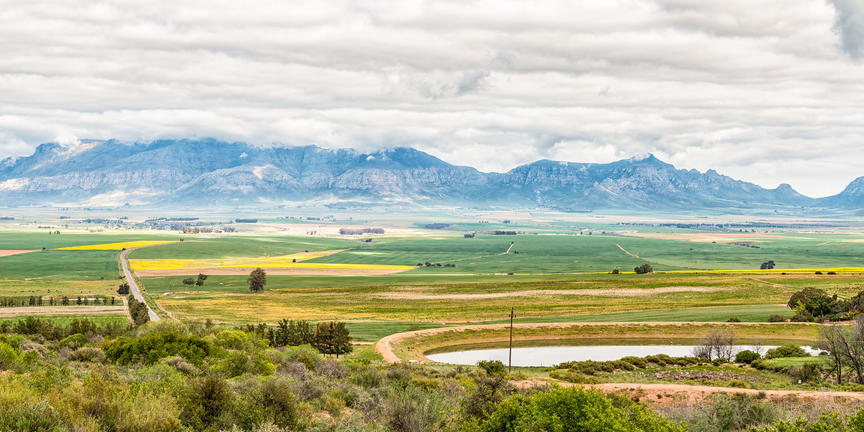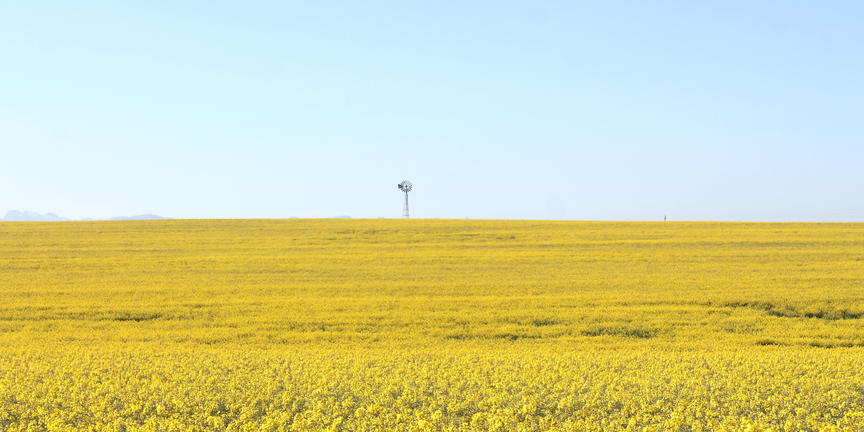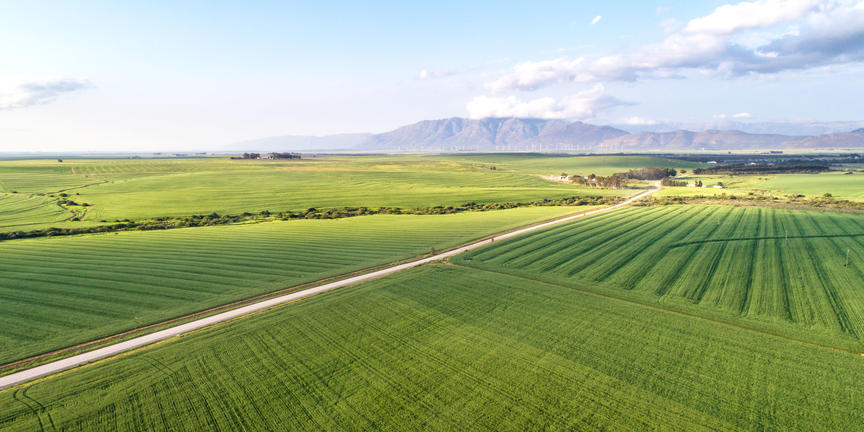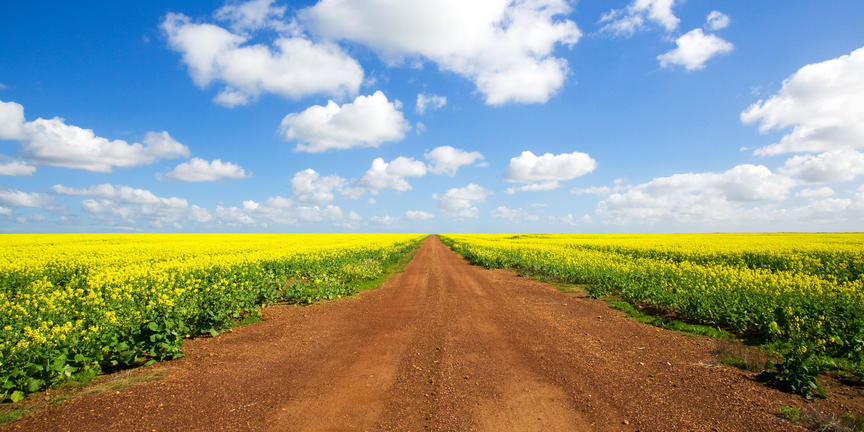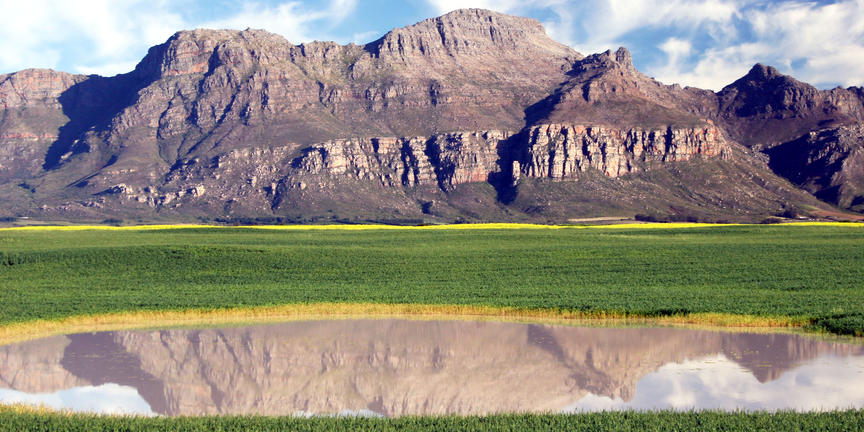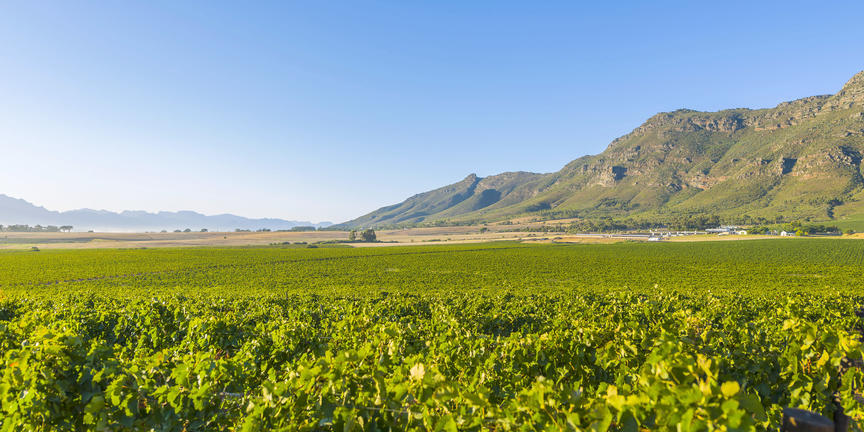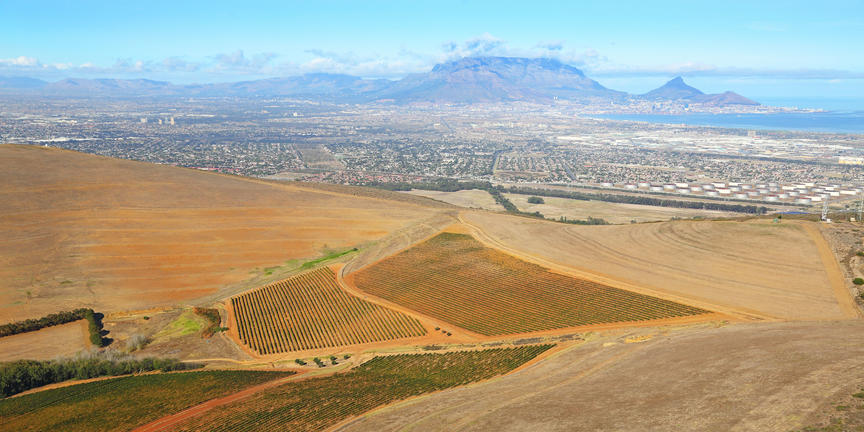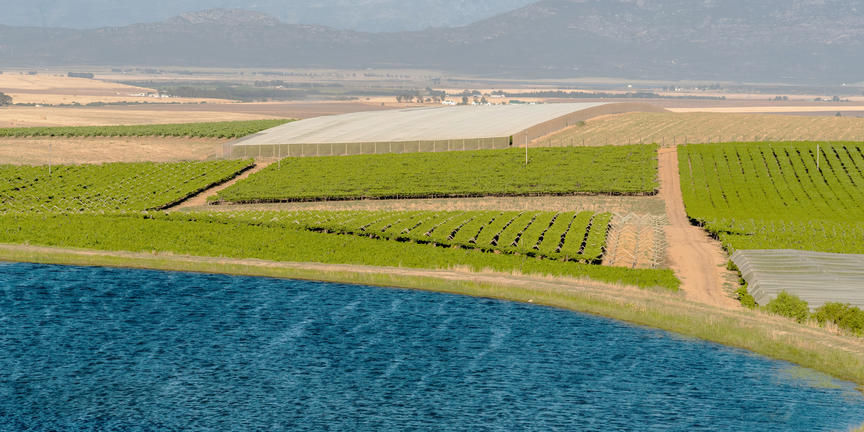After the winter rains, the Renosterbos, or Rhino bush, looks dark when viewed en masse from a distance. It was this effect which caused Jan van Riebeeck, the Dutch navigator who became the Cape Colony administrator of the Dutch East India Company in 1652, to call this area of the West Coast, Die Swartland, which means “the black land” in Afrikaans.
As bleak as this sounds the area is actually very beautiful with soft, undulating hills of a countryside dominated by wide, sprawling, fields of wheat, encased by mountain ranges. The ripe yellow wheat fields are intercut by thriving vineyards, fruit-heavy orchards, olive plantations, and rooibos and vegetable farms interspersed with wilderness and quaint farm villages.
It’s a whole different world to the vibrant, cosmopolitan Cape Town only 50kms to the south and on the other side of the Sandveld and stretches from the glistening turquoise waters of the Atlantic, over pristine beaches towards the hinterland, Because of the abundance of wheat, the area is known as the breadbasket of Cape Town. The wine produced in this region has its own distinctive flavour as the vines are grown under dryland conditions rather than irrigation. It’s one reason why the Swartland Wine Route is so popular.
One would think that Cape Town would have the oldest hotel in the Western Cape, but in fact Riebeek Kasteel, one of the small towns in the Swartland, has that honour with The Royal Hotel which has the longest stoep south of the Limpopo. The quaint historic towns of Darling, Riebeek West and Riebeek Kasteel, among many others which dot the region, are well worth a visit.
The Swartland and the Riebeek Valley are so beautiful that artists and those looking for a slower, more country-based lifestyle are constantly drawn to the area.
The wild, rugged beauty of the majestic mountains provide the perfect location for adventure seekers with cycling, mountain biking, trail running and scenic hiking trails.
